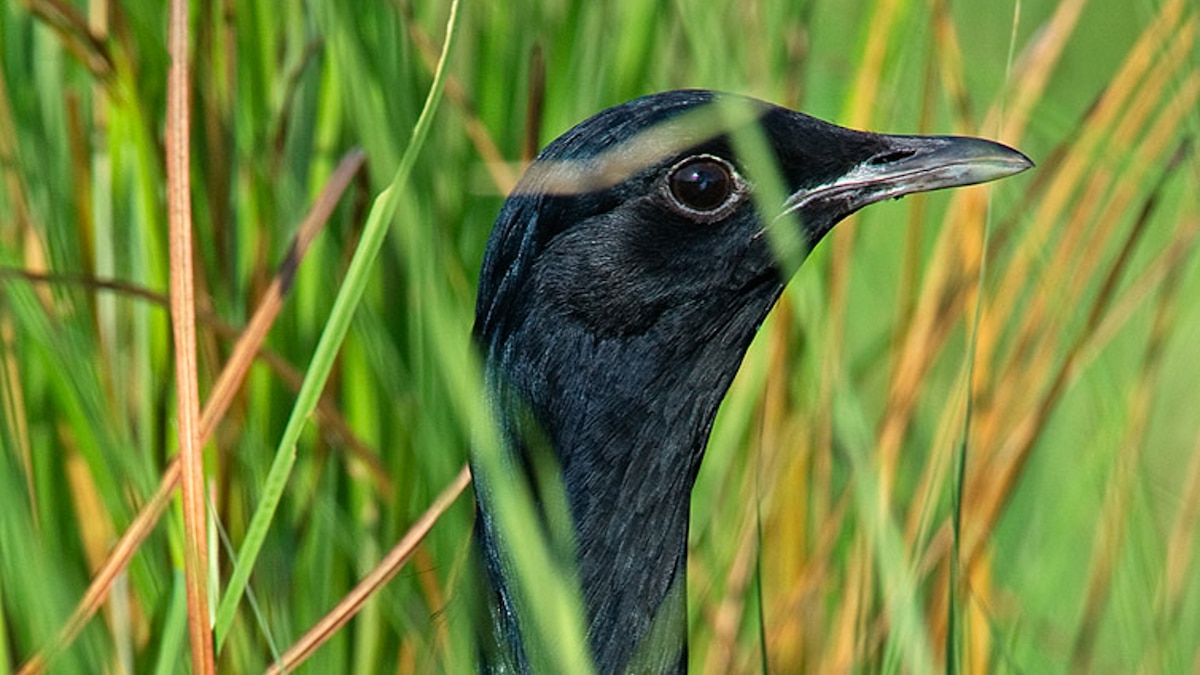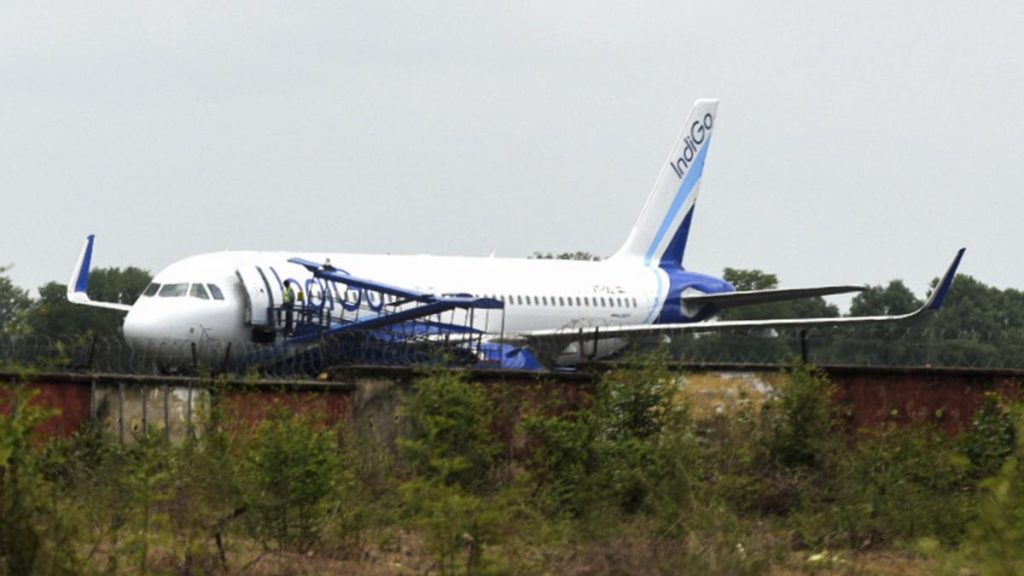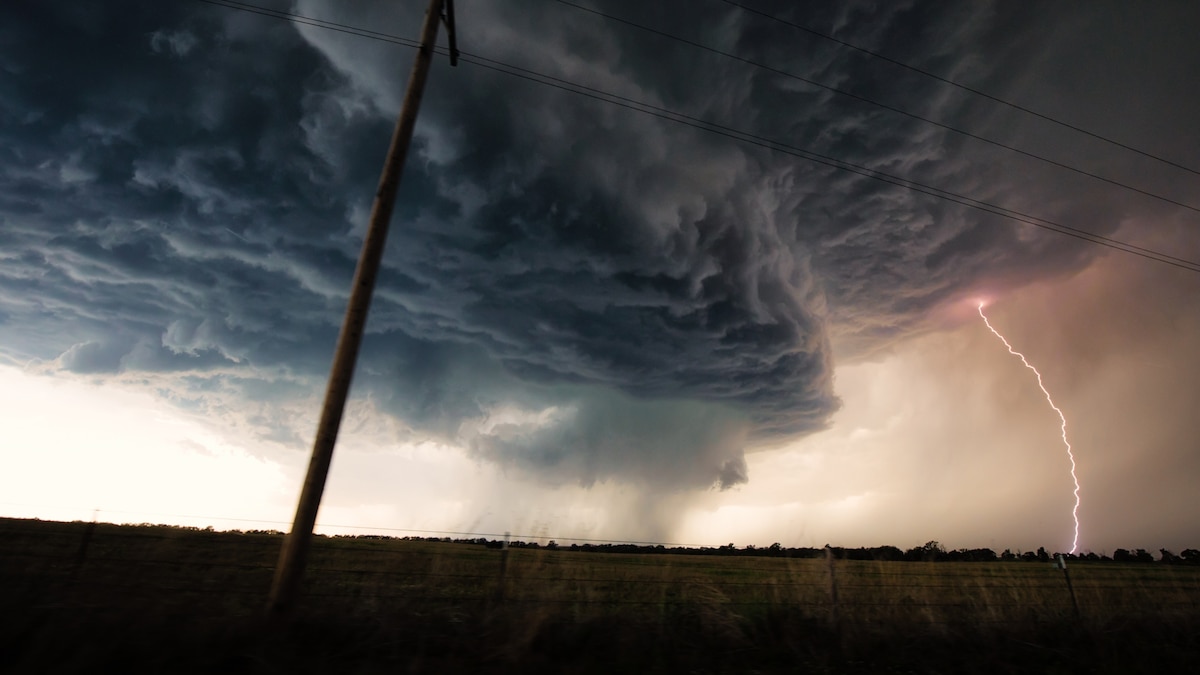Now Reading: From Poachers to Protectors: Saving India’s Rare Birds
-
01
From Poachers to Protectors: Saving India’s Rare Birds
From Poachers to Protectors: Saving India’s Rare Birds

Quick Summary
- Male Bengal florican performs elaborate aerial dances during mating to attract females; the species is critically endangered with fewer than 800 globally.
- Northeast India, especially Manas National Park in Assam, hosts the largest global population (350-400 birds).
- Historically, poaching depleted the Bengal floricans and other wildlife due to poverty and lack of park enforcement during Bodo ethnic conflict (1980s-2000s).
- A shift occurred post-conflict: former poachers joined conservation efforts initiated by organizations like MMES and Aaranyak.
- Over 60 weapons surrendered by villagers in 2006-2007; volunteers helped patrol grasslands alongside forest guards.
- Recovery measures led to Manas National Park’s removal from UNESCO’s “World Heritage in Danger” list in 2011.
- As of 2023,over 800 local community members actively protect wildlife while earning livelihoods through tourism revenue.
- Modest improvements in Bengal florican numbers recorded between a study done in 2011 and another published in 2024.
- Tourism growth now sustains families with incomes ranging from $400-$450 per month during peak florican seasons (November-June).
!A bird in grass with brown black and white feathers.
Indian Opinion Analysis
The transformation of local communities around Manas National Park highlights how empowering stakeholders directly impacted by conservation decisions can lead to enduring success. Economic incentives such as tourism revenue served as an effective motivator for behavioral change among former poachers who once relied on hunting for survival. The collaborative efforts between local ecotourism societies like MMES, nonprofits such as Aaranyak, district officials, and ornithologists emphasize the importance of multi-stakeholder approaches.
Though modest improvements have been noted for critically endangered Bengal floricans,their recovery remains fragile given their small population size globally. This underscores India’s responsibility not only at a national level but also as part of its commitment under international frameworks like IUCN conservation principles and UNESCO World Heritage protections.
With nearly two decades passing since active efforts began here post-Bodo conflict resolution, key lessons emerge: addressing root causes such as poverty while fostering cultural pride around biodiversity conservation can produce sustainable outcomes that benefit both people and nature alike.
Read More: National Geographic Article




























